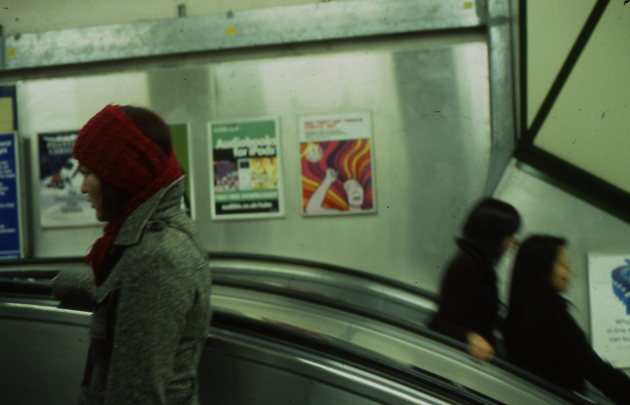“It’s morning time on the Northern Line”. Sometimes a phrase in a song is enough to give you an idea of a place, of its look, even of its smell. If it’s true that every journey has its soundtrack, Jamie T’s “Alicia Quays” is the perfect song if you want to land on the silent chaos of London for six minutes, represented the best by the Tube as its most descriptive scenery. Jamie who? I’m talking about Jamie Treays, stage named Jamie T, one of the roughest diamonds that the underground London has given birth in the last decade: sort of a crazy, brilliant minstrel of London’s working class, especially the one of the East End zone, where people talk with cockney accent and the use of words like “chav” and “scally” is even more frequent than the use of common conjunctions and verbs.
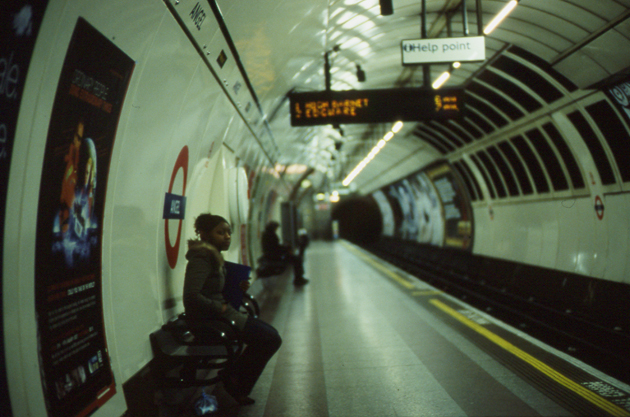
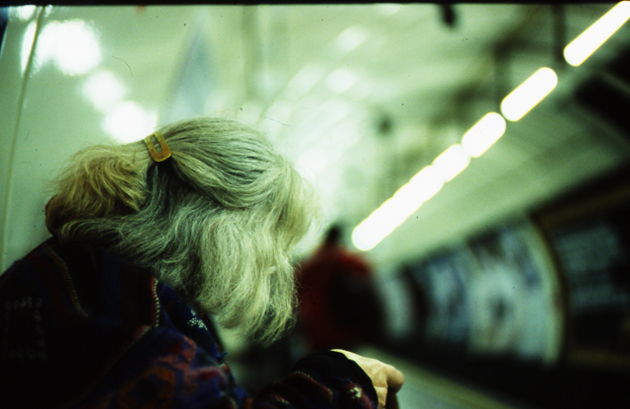
50 stations, the most of them subterranean, 36 miles of rails and tunnels: Northern Line, otherwise known as the “Black”, for the color on the metro maps, transports 252 million people every year. Ex “Misery Line” – as it was named in the 80’s and the 90’s because of the awful conditions of the rails and stations – today, in spite of its name, is the most extended line of the Tube down south of Tamigi, and the line that reaches the most Southern station of the Tube, Morden. From here to the Northern border, High Barnet, the Black slashes an entire city underground, stopping even on the famous (in good as in bad) stops of Camden Town and King’s Cross. Works starting on 2015, the line will be extended until Battersee, in South West London.
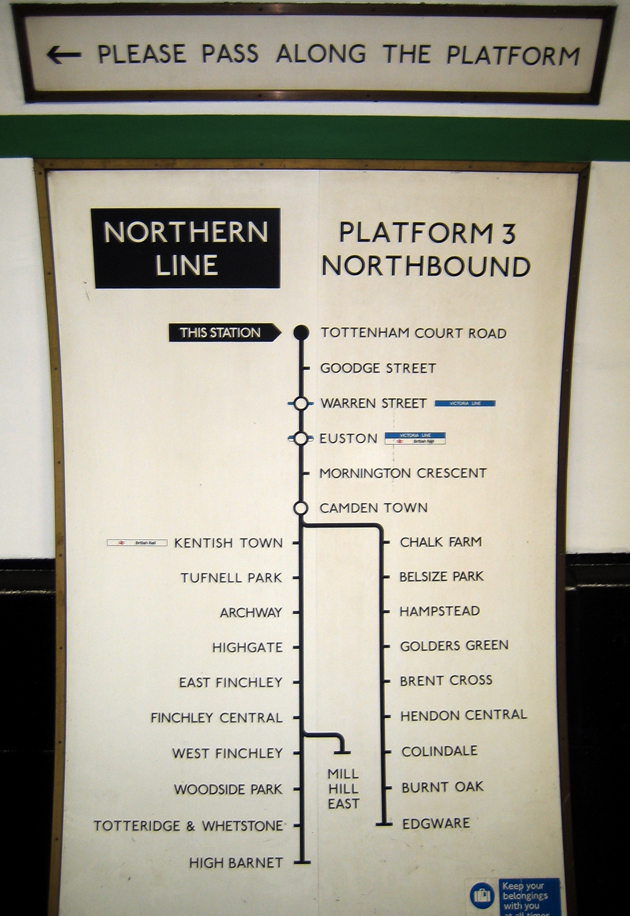
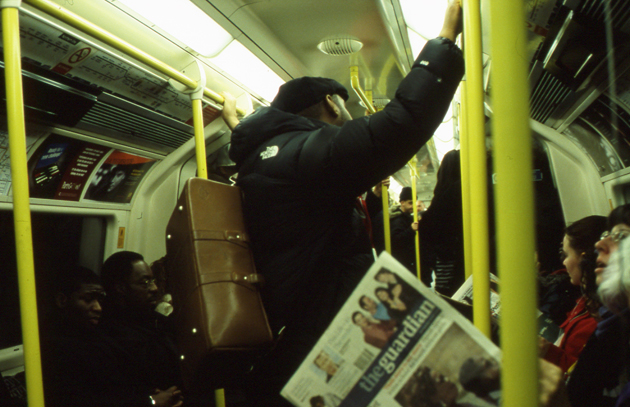
Northern Line tells stories about the lives of workers and businessmen, of the aged and the young, of happiness and solitude. While Jamie T sings about it (dedicating a whole song by the same name), journalist William Leith writes about it in his book “A Northern Line Minute” like following: “People never tell you to have a pleasant journey in the underground, just as people will say ‘enjoy your meal’, but never ‘enjoy your cigarette’ if you’re a smoker”. And this instead, is a slightly poetic article, dedicated to the escalators of Angel stop, along the Black. These stories confirm that even, maybe above all, in a dark, subterranean and lonely place (in spite of the thousands of people who use it everyday), one can find out urban poetry from human souls. Just there, where people stare at the ground without talking to anyone and, maybe more often than they’d care to admit, they find themselves thinking “What am I in my own dear eyes?” (Jamie T, Alicia Quays)
